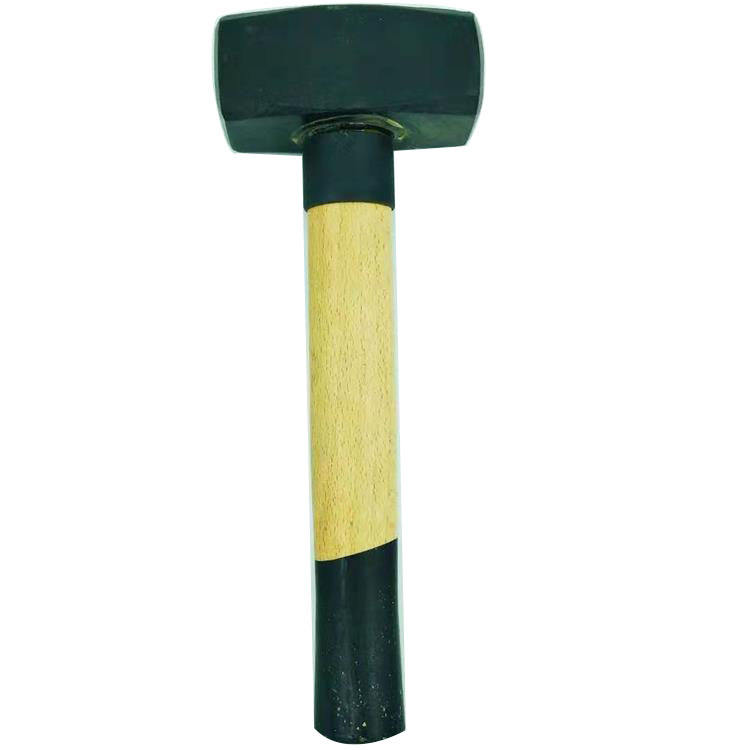Achieving optimal weight distribution in tool handles is crucial for ergonomic comfort, efficient tool use, and reducing user fatigue. Proper weight distribution ensures that the tool feels balanced in the hand and that the user can control it effectively. Here are some considerations for achieving the right weight distribution in tool handles:
1. Center of Gravity: The center of gravity (CG) is the point where an object’s weight is evenly distributed. Ideally, the center of gravity of a tool should be located closer to the grip end of the handle. This allows the user to exert control and leverage without straining the wrist or arm.
2. Handle Length: The length of the handle affects weight distribution. A longer handle may require more weight toward the tool head to maintain balance, while a shorter handle may need less weight in the head. Experiment with different handle lengths to find the right balance.
3. Tool Type and Function: Consider the type of tool and its intended function. Some tools, like hammers or axes, benefit from a heavier head for increased striking force, while others, like screwdrivers, require a lighter head for precision work.
4. Material Selection: The choice of materials for both the handle and the tool head affects weight distribution. Heavier materials, such as certain metals, will naturally shift the center of gravity toward the head. Select materials that provide the desired weight distribution without compromising usability.
5. Weight Increment: Incremental adjustments to the weight distribution can make a significant difference. Adding or removing small amounts of weight in the head or handle can fine-tune the balance of the tool.
6. User Feedback: Engage users or potential users of the tool to gather feedback on weight distribution. This can help you understand their preferences and ensure that the tool is comfortable and easy to use.
7. Testing and Prototyping: Create prototypes with different weight distributions and test them in real-world scenarios. Observe how the tool handles during use and make adjustments based on the results.
8. Handle Shape and Contours: The shape and contours of the handle influence how the tool is gripped and maneuvered. A well-designed handle can contribute to better weight distribution by allowing the user to hold the tool comfortably and securely.
9. Use of Counterweights: In some cases, adding counterweights can help achieve the desired balance. Counterweights are additional weights attached to the handle to offset the weight of the tool head.
10. Dynamic Balance: Consider dynamic balance, which takes into account how the tool moves during use. A tool with good dynamic balance feels natural and controlled as it moves through its intended motions.
Achieving optimal weight distribution in tool handles requires a combination of thoughtful design, user feedback, and practical testing. Striking the right balance ensures that your tools are not only functional but also comfortable and ergonomic for users, leading to more efficient and enjoyable tool use.


